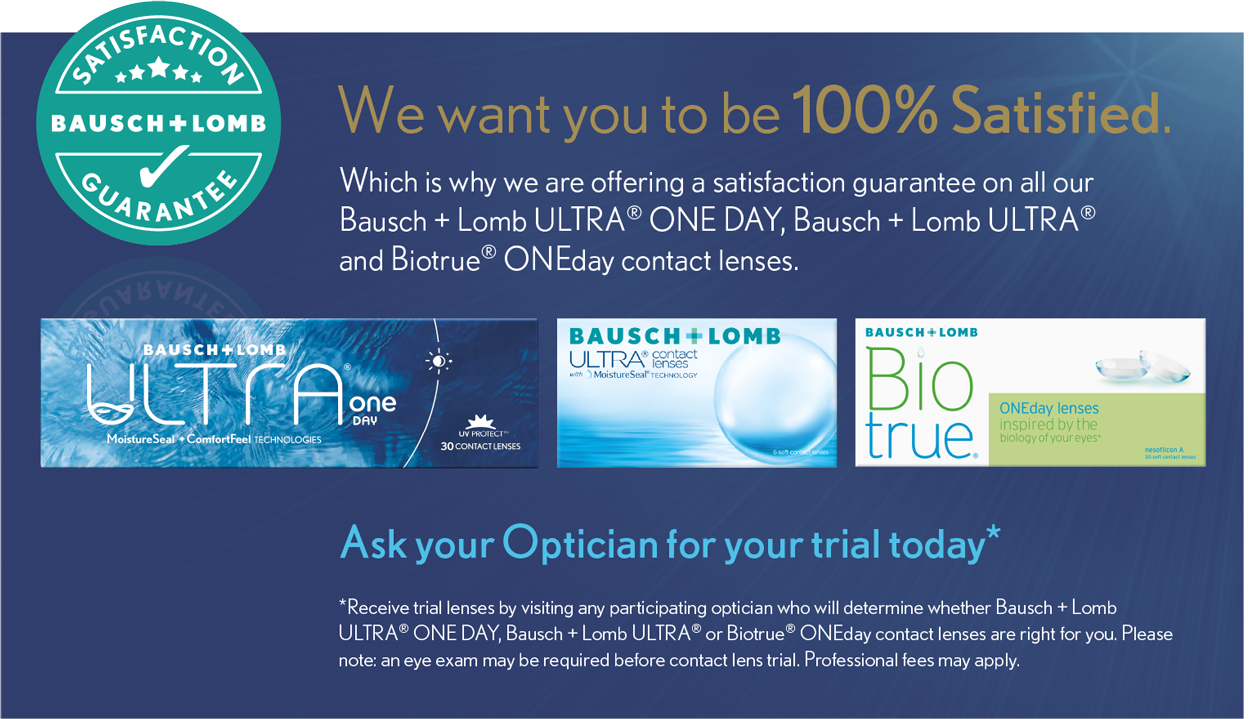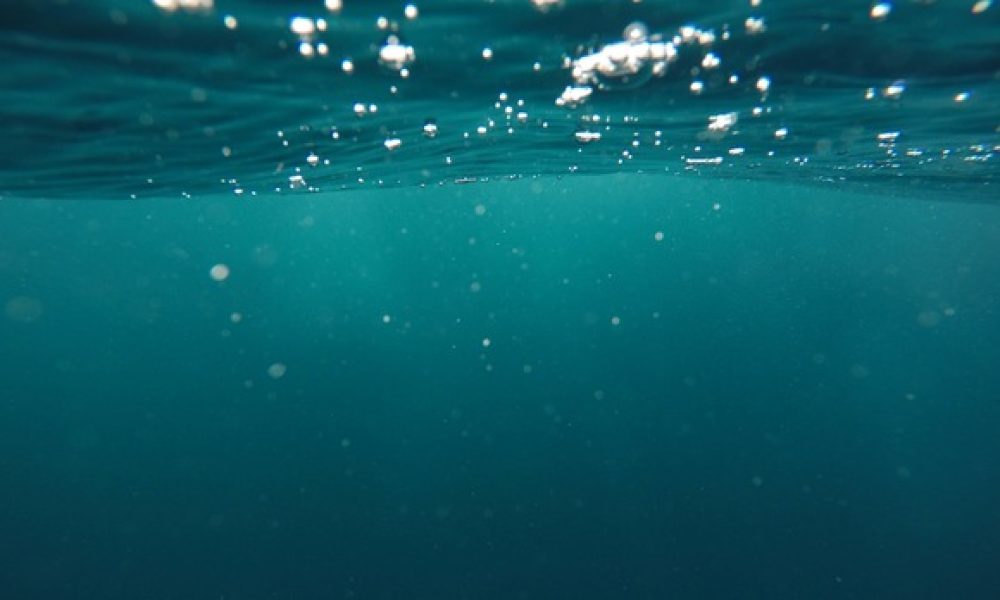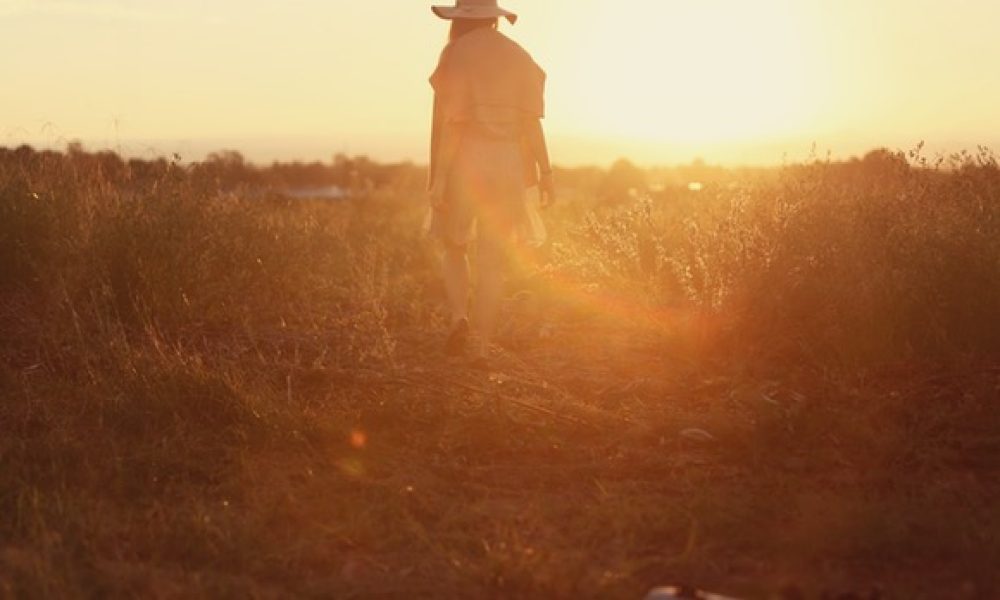

Biotrue® ONEday for Presbyopia delivers what you need no matter what the day brings.

With Biotrue ONEday for Presbyopia seeing at all distances has never been so easy. Now you can focus up close, far away and everywhere in between thanks to the 3-Zone Progressive Design™ that provides you consistent vision^1^ to see clearly throughout the day. Design enabling focus on near, intermediate, and distant objects.

Biotrue ONEday has a unique dehydration barrier called HyperGel™ that keeps the lens moist for up to 16 hours^2^, providing you comfort all day. It also ensures your eyes receive all the oxygen they need^3^ to keep them healthy and white^4^.





If you have a question, we’re here to help. Ask a question
Select an Age Group